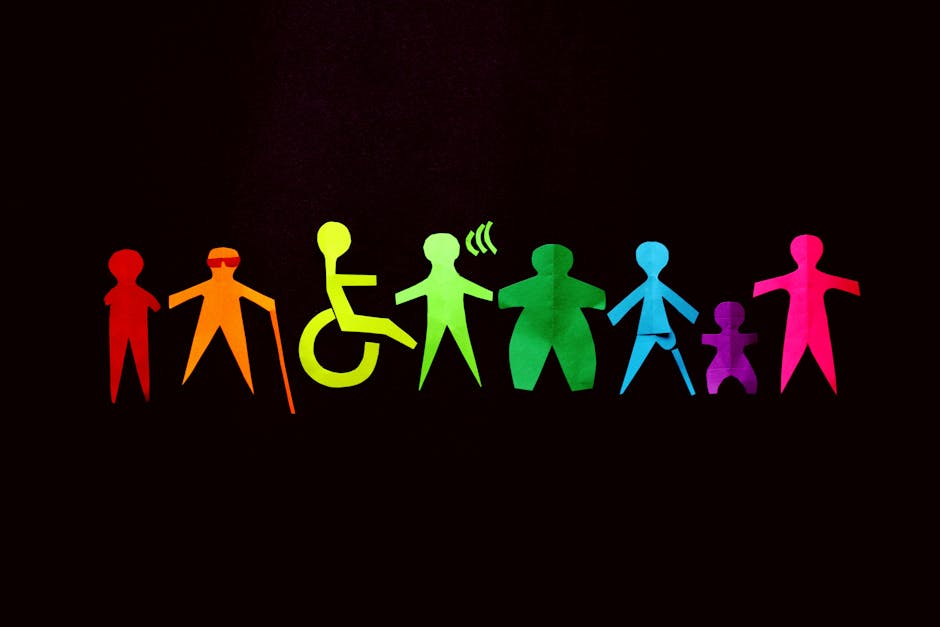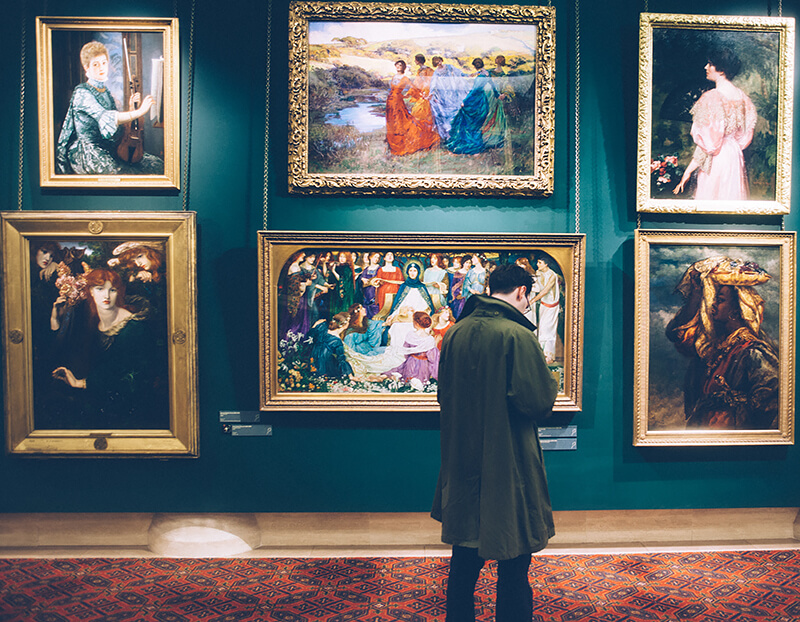Historical Emergence of Feminist Art
The 1960s saw the rise of feminist art theory, riding the waves of the Civil Rights Movement and anti-war protests. This era challenged the male-dominated narratives in art history. Linda Nochlin's essay "Why Have There Been No Great Women Artists?" critiqued this perspective, giving voice to those overlooked in the art world.
Judy Chicago's "The Dinner Party" celebrated historical women, making a bold statement. This massive installation rewrote history, offering recognition to women who'd been erased. Betye Saar transformed stereotypes with "The Liberation of Aunt Jemima," challenging racism and misogyny.
The Guerrilla Girls used humor to expose sexism and racism in the art world. Their posters around New York City asked provocative questions, spurring a revolution inside galleries and minds.
Feminist art embraced non-traditional materials:
- Textiles
- Performance art
- Video work
This shift expanded what could be considered fine art and opened up spaces previously closed to women and minorities.
The feminist movements of the 1960s made the art world reassess its priorities and question who gets to be called an "artist."
Subversion of the Male Gaze
Feminist artists took on the task of challenging the male gaze in art. They flipped the script, putting this perspective under a new, sharper lens. Art became about questioning who gets to define beauty.
Elaine de Kooning's portraits of men transformed them into subjects, scrutinized under the same gaze that women had long endured. Judy Chicago's "The Dinner Party" wasn't just a history lesson—it was a reclamation of space at the artistic table.
By embracing alternative materials like textiles and ceramics, feminist artists started a new art dialogue. These materials, often seen as "feminine" and relegated to craft, were used to tell stories of identity and strength.
The Guerrilla Girls used humor to critique the male-centric art world. Their masks symbolized the facelessness forced upon women artists over the centuries. Video art, used by artists like Pipilotti Rist, brought emotion and fluidity back to art, questioning norms in a more accessible medium.
This new artistic approach wedged open traditional viewpoints, showing that the male gaze isn't the only way to see the world or art. It's a story of reclamation, using words and materials as tools for change, aiming to transform how we see and understand art.
Intersectionality in Feminist Art
Feminist art expanded its focus to include intersections of race, class, sexuality, and identity. This approach opened up new dimensions, allowing art to step beyond 'women's issues' into a more inclusive space.
Artists began exploring what it means to be:
- Black and female
- Queer and female
- Working-class and female
- And all the complexities of human identity
This broader lens played out like an artist sketching in bold strokes on an endless canvas.
Kara Walker's work wove tales of race and gender, critiquing historical accounts with sharp clarity. Her paper silhouettes invited audiences to reckon with the ghosts of a complex past.
Kehinde Wiley's portraits redefined traditional European art portrayals. His figures stood in defiance, compelling viewers to rethink who inherits the art of portraiture and why.
LaToya Ruby Frazier's lens captured the dance of identity, race, and labor, reflecting untold stories across America's Rust Belt. Her art invites the audience to question not just what they see, but how they see.
As intersectional approaches continue to influence feminist art, the stories grow richer and the dialogues deepen. The art world, once exclusive, now bursts with a spectrum of voices, each piece a testament to the diverse hues of the human experience.

Institutional Critique and Feminist Art
Feminist artists have cleverly challenged exclusionary practices in art establishments, using their creativity as tools for change. They've illuminated biases within the art world, employing satire, subversion, and humor to unsettle the status quo.
The Guerrilla Girls, for instance, used iconic posters to highlight the lack of representation in galleries. Their 1989 poster Do Women Have to Be Naked to Get Into the Met. Museum? featured a gorilla-masked Ingres odalisque, exposing the disproportionate ratio of female nudes to female artists represented.
Conceptual artist Adrian Piper confronted racism and sexism, with works like her "Calling Cards" series disrupting social settings and calling out exclusionary behavior.
Through various mediums, feminist artists began to sketch a new blueprint for inclusivity and equitable representation. They aimed to redesign the entire art world, inviting diverse voices to participate. Feminism in art became intersectional, acknowledging multifaceted exclusion based on gender, race, and class.
Artists like Marina Abramović explored interpersonal connection, breaking down barriers between audience and artist. Shirin Neshat's photographs opened dialogues about gender dynamics and social identity within and beyond her Iranian culture.
Many feminist artists also created initiatives to showcase diverse voices, establishing galleries that celebrated varied expressions reflective of human experience. Their efforts have transformed art spaces into more accessible and inclusive environments.
Contemporary Relevance of Feminist Art
Feminist art continues to influence modern exhibitions, publications, and discussions. Contemporary artists use it as a springboard to explore gender and identity in new dimensions.
Publications like "The Story of Art Without Men" by Katy Hessel are reimagining art history through a female lens. Curators are crafting exhibitions that ensure women aren't sidelined in the narrative of art history. The Tate Britain's "Women in Revolt" exhibition, for example, highlights the transformative techniques of women artists.
Intersectionality has become a key focus, with exhibitions and biennales echoing diversity and challenging traditional hierarchies. Artists like Kara Walker and Kehinde Wiley use their platforms to redefine identity, questioning perceptions of gender and race.
Humor remains a powerful tool, with groups like the Guerrilla Girls continuing their witty crusade against art world conventions. Their approach encourages the art world to consider its practices with a smile.
Feminist art holds up a mirror to society while pushing boundaries, ensuring that the story of art remains inclusive and diverse. It's an ongoing dialogue that transforms the art world, celebrating identity with the vibrant hues of inclusivity and empowerment.
Feminist art continues to reshape the landscape of creativity, challenging traditional accounts and inviting a more inclusive dialogue. This ongoing journey highlights the power of diverse voices in redefining what art can be.























